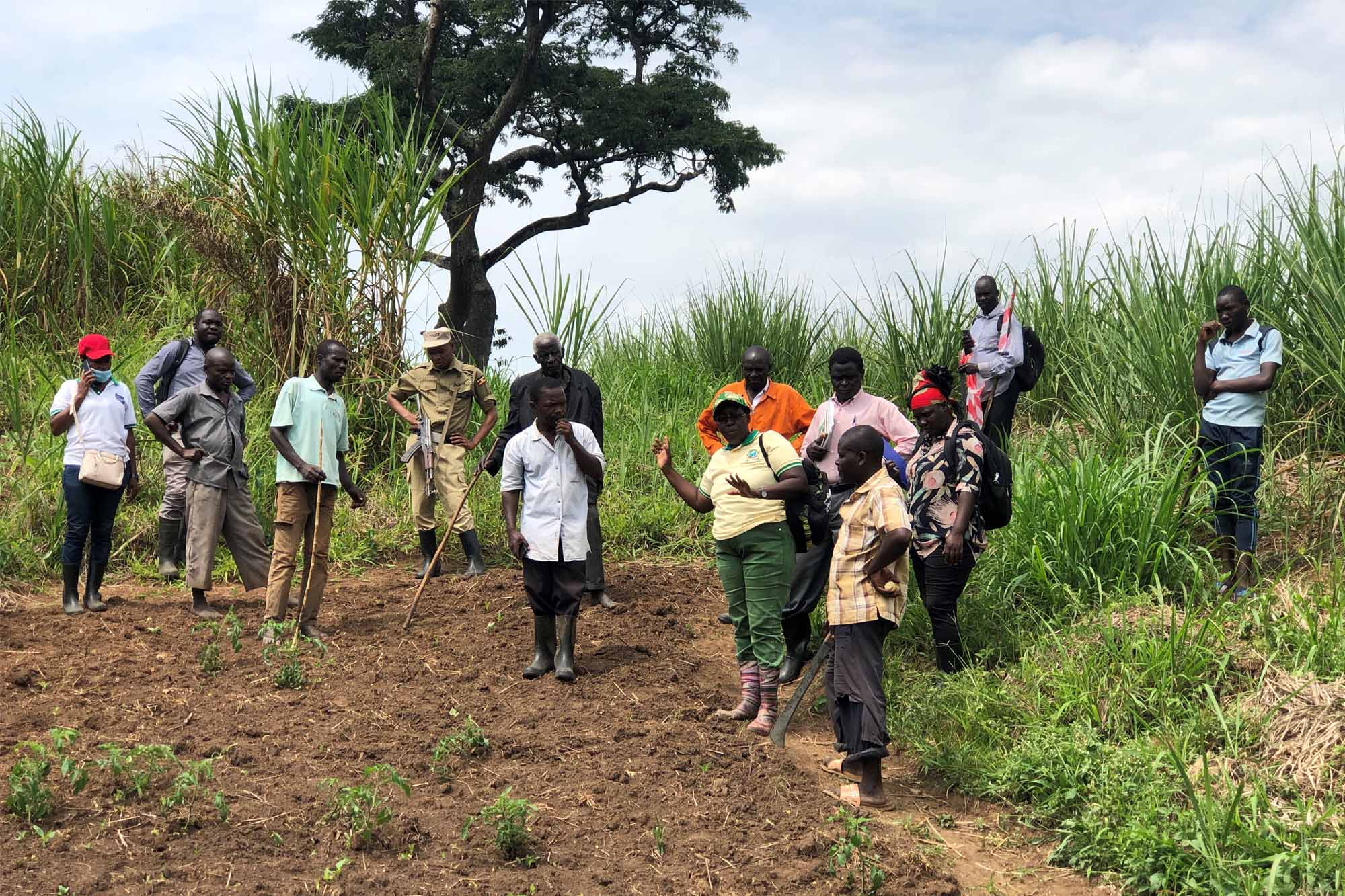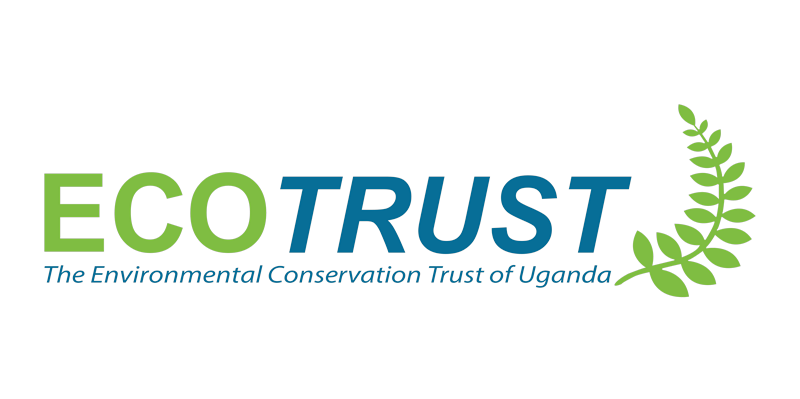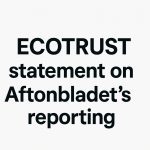
ECOTRUST through the Kiiha partnership is supporting the conservation, restoration, and protection of the Kiiha catchment area, located in the Albertine region of Uganda.
The Kiiha catchment area is one of the major sources of water in the Albertine region comprising of three sub-catchments that drain into two rivers i.e. sub-catchments Kiiha 1 and Kiiha 3 draining into River Kafu and sub-catchment Kiiha 2 draining into River Siba. Not only does this watershed provide water resources to support both ecosystem services and household / industrial needs, its forest and wetland systems are important habitats to numerous forms of biodiversity.
The Uganda Wetlands Act 2000 places the responsibility of oversight in management and protection of wetland resources in the hands of district local governments, with financial support channeled through the Wetlands Department of the Ministry of Water and Environment. More often than not, wetland conservation plans are not implemented at district level due to budgetary limitations. In order to supplement government / local government efforts, GIZ, Kinyara Sugar Works, Ministry of Water (DWRM), ECOTRUST and Local wetland associations formed the Kiiha (one of its kind) four-way partnership in 2015, bringing together Government, private sector, civil society, and local communities in coalition for the conservation and protection of the Kiiha catchment area. The partnership has since played a crucial role in providing financial and technical support to the Kiiha Catchment Management Committee (CMC) – established to guide implementation of interventions to restore and protect the Kiiha watershed. The CMC constitutes members from civil society, religious organizations, local government, cultural leaders, women associations, youth groups, community-based organizations (associations), people with disabilities and private sector companies etc. all located within the catchment area and with a vested interest in its conservation and protection.
A key milestone for the project was the restoration of over 341ha of degraded wetland within the catchment between 2017 – 2019 across the two districts of Hoima and Masindi. The restoration efforts, which involved; planting of indigenous tree species, eviction of wetland encroachers, community sensitizations etc. were mostly implemented by the two community wetland associations of KIKAWECA and KAKAMUWECA with support from ECOTRUST (through SRJS). These groups have also been supported by the Kiiha partnership to develop revolving funds as a payment / reward for ecosystem services rendered in the conservation and restoration of the Kiiha wetlands.
The project in June 2020, with support from ECOTRUST (through SRJS), undertook a community led demarcation of the Kiiha wetland in which live markers were planted along a boundary stretch of 35km covering 9 villages within Masindi district i.e., Bulima, Kisalizi, Kisoga, Marongo, Kyabazinde and Kyawine. For transparency, this 4-day exercise involved the active participation of the wetland associations, local council chairpersons, district surveyors, district local government officials and local community members. As of today, most of the wetland adjacent communities are aware of the wetland boundaries and fully understand the consequences of encroachment and degradation of the wetland resources.
The Masindi district local government envisages a bottom-up conservation model of forming (and working with) wetland associations at parish and subcounty level, with an umbrella wetland management committee at district level to provide a holistic approach to sustainable and effective management and conservation of other catchment areas. This will be provided for in the new National Environment Act Volume 5 2020, currently under revision.
The Kiiha CMC, with support of ECOTRUST (through SRJS), commissioned the development of a Catchment Management Plan (CMP) in August of 2020. A CMP creates and provides guidance for an integrated approach towards management of water resources and livelihood options for all actors in this catchment area. The document also informs district planning processes and budget allocations for development purposes.
The Kiiha CMP was officially reviewed by the CMC on 11th May 2021 in Masindi district, for the purpose of soliciting feedback from the wider group of stakeholders and highlighting issues that may have not been captured in the plan. In attendance were representatives from the Ministry of Water and Environment, leadership of both Masindi and Hoima districts, Kinyara Sugar Works, local communities, ECOTRUST and other NGO’s and CBO’s operating within the landscape.
According to the plan, there is urgent need to address the issue of poor solid waste management (especially industrial waste) that is leading to contamination of the catchment area. Crude waragi brewing is still rampant within the wetlands and releases waste into the water system. There is also a lot of wetland reclamation for sugarcane, rice growing and commercial agriculture. Other key issues highlighted in the plan include mass deforestation, production, population growth, poverty, infrastructure development, floods and droughts, soil erosion, water management, wetland migration and seasonal wildfires usually between November and February.
Moving forward, ECOTRUST will implement certain aspects of the CMP, contributing to IWRM (Integrated Water Resource Management) with the strategic objectives of;
- Enhancing environmental stewardship for organized restoration of environmental integrity and sub-catchment health.
- Stimulating output-oriented approaches for awareness raising and sensitization campaigns among the sub catchments stakeholders.
- Promoting sustainable land management practices as a conduit for improved livelihoods and environmental sustainability.
- Promoting equitable access to safe water for human consumption and productive use.







Follow Us On